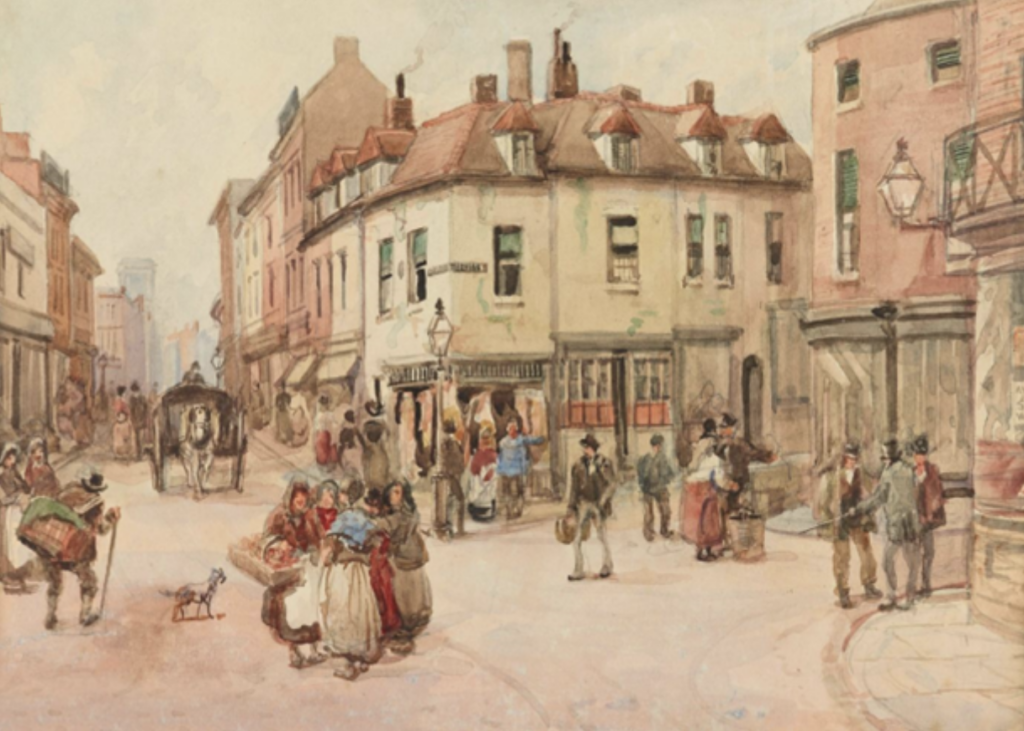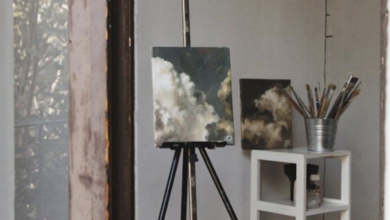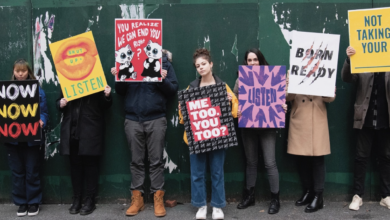The Ethics of Art Restitution: Navigating the Complexities of Returning Stolen or Illegally Acquired Art

Art, like a fingerprint on the cultural memory, tells us where we’ve been. But what happens when that fingerprint belongs to someone else, stolen away or acquired through shady means? The topic of restitution – the process of returning stolen or illegally acquired art – isn’t just about logistics or law; it’s a tangle of emotions, ethics, and history. To untangle it, we must explore the complexities of returning stolen or illegally acquired art, a process that’s as much about doing right as it is about understanding who gets to tell the story of our shared humanity.
The Tangled Histories Behind the Canvas
Every work of art comes with its own backstory. Some pieces have traveled through centuries of careful hands, while others have been ripped from their origins. Wars, colonial expansions, and outright theft have peppered art history, leaving a trail of contested ownership that often lands in courtrooms or diplomatic backchannels.
Take, for instance, the Elgin Marbles – pieces of the Parthenon frieze that Greece has demanded back from the British Museum for decades. Are they safer where they are, or does justice require their return? The ethical debate simmers with big questions about ownership, preservation, and accountability.
The answer, like a poorly labeled abstract painting, isn’t always clear. Art is not merely an object; it’s tied to the people and cultures that created it. The loss of a work can feel like the theft of identity itself. Returning art, then, becomes more than a transactional exercise. It becomes an act of recognition and reconciliation.

The Players in the Restitution Game
Restitution involves a long list of characters: museums, governments, private collectors, auction houses, and, sometimes, heirs tracing a tragic family history. Each player brings a different set of priorities. Museums argue for accessibility and conservation, claiming their global reach provides a platform for appreciation and learning. Meanwhile, countries of origin – and often descendants of victims – demand justice, asserting that stolen pieces are cultural patrimony that belongs in their rightful homes.
Consider Nazi-looted art. Entire families were dispossessed of their treasures before and during World War II, their losses hidden for decades. In recent years, major museums like the Louvre and the Met (The Metropolitan Museum of Art in NY) have faced calls to identify and return such works. The claims are often clouded by gaps in documentation, leaving investigators to follow faint trails like art detectives piecing together a fragmented picture. Sometimes the evidence is indisputable; sometimes, it’s not.
The modern art market complicates this further, where stolen or misappropriated works occasionally surface at auctions. The buyer might genuinely be unaware of a piece’s dubious past, raising the question: Should ignorance excuse ownership?
Unpacking the Legal Labyrinth
Legally, restitution is no walk in the park. International treaties such as the UNESCO Convention of 1970 have attempted to address illicit art trafficking, but they don’t solve all problems. For instance, they primarily apply to works stolen or illegally exported after the treaty was enacted. What about artifacts looted centuries before?
Then there’s the issue of jurisdiction. Courts in one country might see things differently from courts in another. In some cases, legal ownership isn’t enough; moral arguments take center stage. Who gets the final say? A government? A museum’s board of directors? A court that has no cultural ties to the art in question?
Laws offer structure, but they don’t always deliver fairness. The ethical dimension often requires going beyond legality to address the wrongs buried in history. Restitution is rarely just about the return of an object. It’s about recognizing pain, loss, and the need for justice – however late that might come.

The Human Cost of Stolen Art
Behind every stolen painting or artifact is a human story. The person who created it, the community that valued it, the heirs who lost it, and the generations left with a cultural void – they all matter. Art isn’t just decoration; it’s an extension of a culture’s soul.
Take the Benin Bronzes, for example. Looted by British forces in the late 19th century, these intricate sculptures and plaques were dispersed across European museums. To the Edo people of modern-day Nigeria, they are more than historical artifacts; they are sacred objects tied to spiritual practices. Returning them isn’t just about filling a gap in a museum catalog. It’s about restoring a piece of cultural dignity.
However, restitution also raises questions of care and resources. Some argue that returning objects to their countries of origin could jeopardize their preservation if those places lack the means to protect them. Others counter that this concern is paternalistic, echoing colonial attitudes. Ultimately, the decision must weigh preservation against justice – a balance as precarious as a priceless vase on a shaky shelf. \\\

A Future of Collaboration
If restitution teaches us anything, it’s that art belongs to everyone – and yet, to someone in particular. This tension drives the need for creative solutions. Shared ownership, long-term loans, or partnerships between museums and source countries have emerged as possible answers. These arrangements aim to honor both the universal value of art and the specific ties it holds to its origins.
For example, the Humboldt Forum in Berlin has partnered with Nigeria to return some of the Benin Bronzes while keeping others on display as part of a shared cultural narrative. Such arrangements demonstrate that restitution doesn’t have to mean losing access. It can mean redefining access.
The Weight of Justice
At its core, the debate over restitution asks: What do we owe the past? The complexities of returning stolen or illegally acquired art reveal the tensions between history, ethics, and modern practicality. Restitution isn’t easy – legally, logistically, or emotionally. But it’s necessary. Each case forces us to consider who we are as custodians of culture and as stewards of justice.
Perhaps the truest value of art lies not in its market price or its spot on a museum wall but in its power to connect us to each other. Returning art, then, isn’t just about righting old wrongs. It’s about building a future where art tells a story everyone can embrace – even when that story starts with a theft.
_____________________________
Author’s bio:
John Haynes is a writer with a passion for uncovering the stories behind history’s most iconic works. John frequently contributes to the Harris Movers blog, offering insightful analyses of cultural heritage. When not writing, he enjoys exploring galleries and advocating for transparent practices in the art world.
Source link




